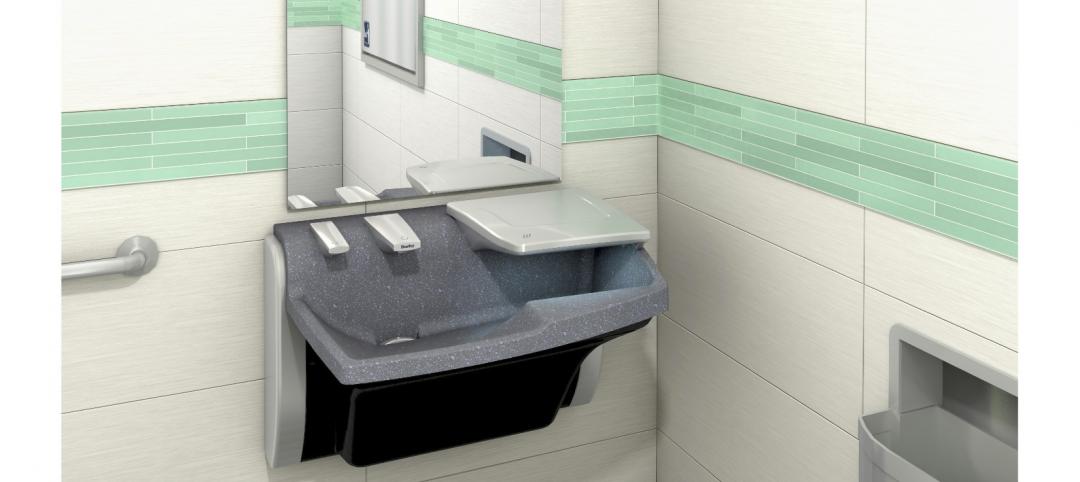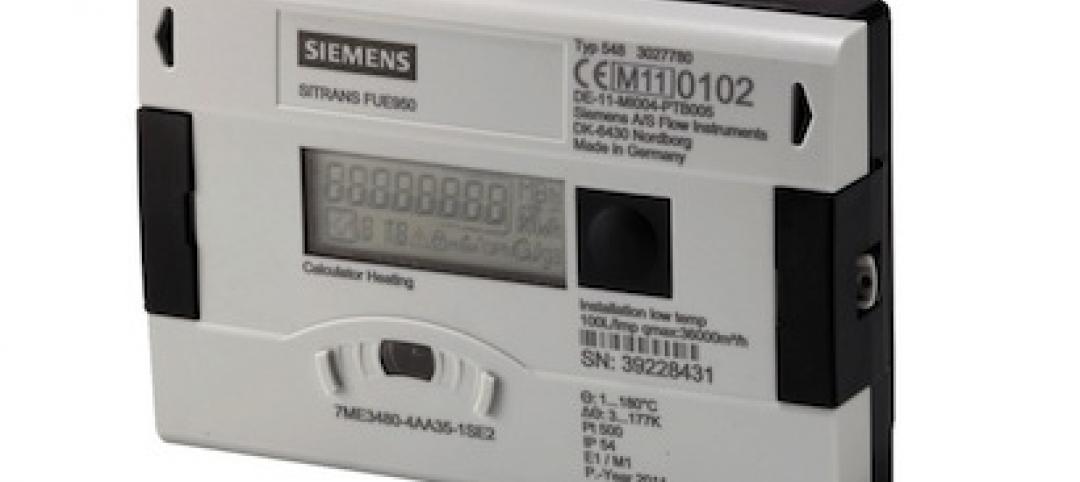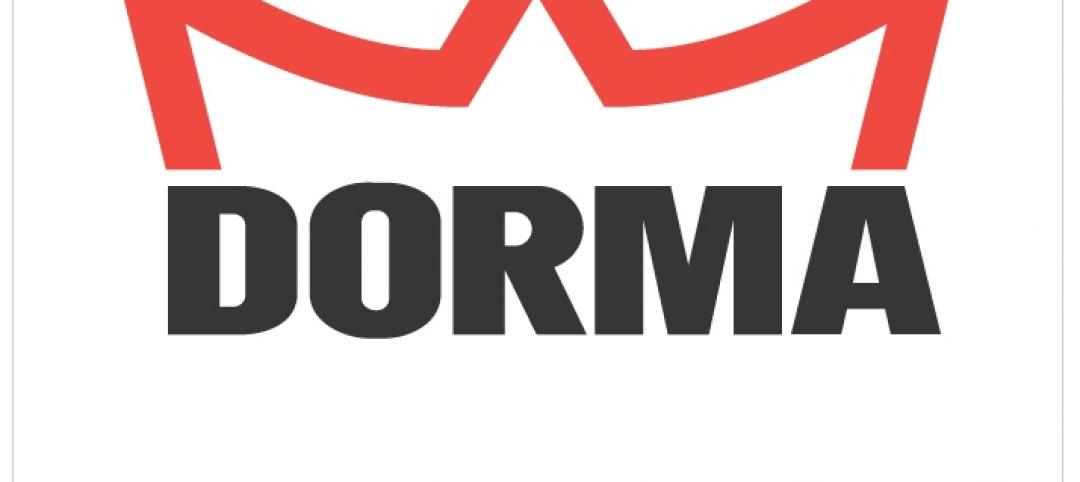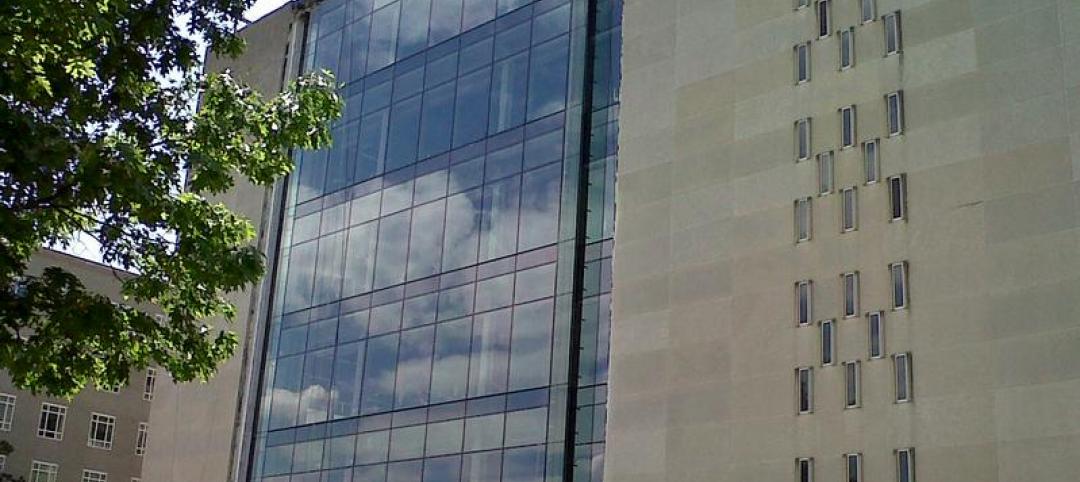 |
Healthcare construction spending grew at a compound rate of more than 10% for seven years through mid-2008, but has stalled since then. The stall, however, still represents better growth than almost any other construction market during the recession, which deepened as a result of the fall 2008 credit freeze.
During the stall, hospital construction spending increased 9% from the period before the credit freeze, while spending for nursing homes and other residential care facilities dropped 20% and spending for specialized medical office buildings fell 17%. Hospital construction spending is projected to remain steady through 2010, rising only as a result of higher project costs.
Hospital managers are enjoying a steadily rising revenue stream from patient care, but offsetting that are concerns about possible cuts in fees from states for “free care” and cuts in Medicaid and Medicare. As a precaution, some projects have been trimmed back or deferred.
The recent slowing trend for medical offices and residential care buildings parallels trends in other developed financed sectors, although the slowdown began later and so far has been less severe. Some developers lost credit access because of weakened income and balance sheets. Others lost credit access because lenders are concerned about cash flow coming from new capacity in a depressed economy. Bank examiners have also been steering regional and local lenders away from nonresidential mortgages. As a result, those two small commercial healthcare sectors will continue to decline, along with other commercial properties, through the winter. Following that, they will decline further because spending for other commercial properties will have begun to expand and projects in the pipeline will have fallen substantially.
Look for healthcare construction spending to return to a 10% annual growth pace in 2011, reflective of the usual cyclical surge after a recession. The rebound for hospital construction spending results from delayed stimulus plan funding and the resumption of work that was put on hold while healthcare was debated in Washington. —Jim Haughey, BD+C economist
Related Stories
| Dec 9, 2012
14 great solutions
Welcome to the third installment of Building Design+Construction’s “Great Solutions,” highlighting 14 innovative technologies and products that you can put to work in your next project.
| Dec 6, 2012
Siemens introduces new thermal energy calculator
The Sitrans FUE95 thermal energy calculator can be integrated for use with other Sitrans products.
| Dec 4, 2012
Sto Corp. announces new distributor in the Carolinas
Company will now have coverage in several parts of North Carolina.
| Oct 13, 2012
October 2012: Product Spotlight
Carpeting collection; anti-slip synthetic roof underlayment; louver screens.
| Oct 12, 2012
New HyTronic Edge from Chicago Faucets brings funky, modern aesthetics to restrooms
The Edge spout is cast entirely from ECAST low-lead brass to meet current lead reduction requirements as well as the forthcoming 2014 federal lead reduction law.
| Jul 3, 2012
DORMA Acquires Florida Door Controls in Support of Growth in Southern Markets
DORMA gains one of the nation's largest independent automatic door distributors.
| Jun 12, 2012
Restoration Millwork exterior trim achieves GreenCircle certification
Made from cellular polyvinyl chloride, the full line of Restoration Millwork trim, beadboard and accessories is engineered to look, feel and work like top-grade lumber.













